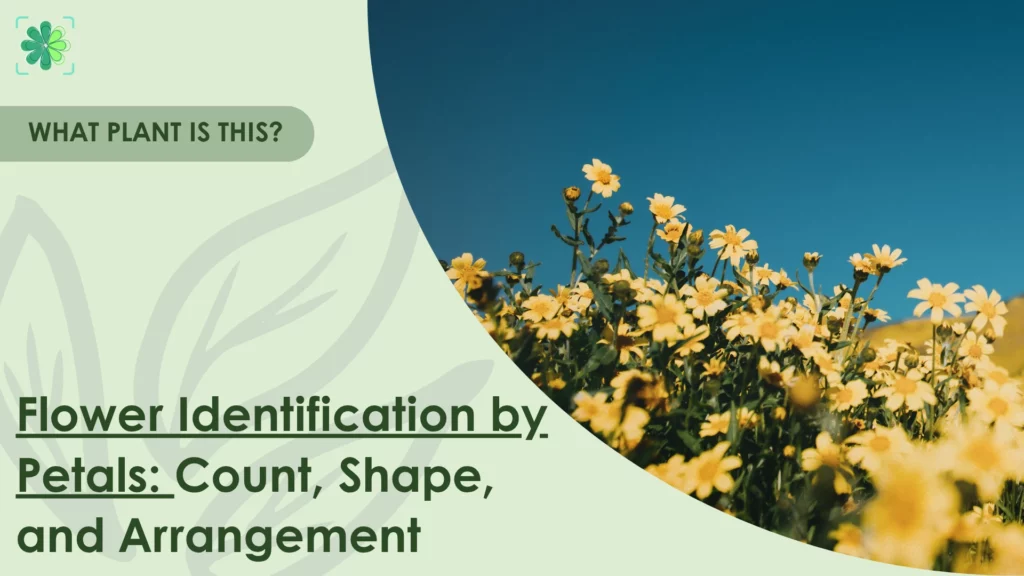
Flower identification by petals helps you recognize blooms without needing advanced knowledge. We’ll show you how to look at petals’ number, shape, and how they’re arranged to figure out what kind of flower you’re seeing. It’s a handy method for everyday use.
Why Start with Petals When Identifying a Flower?
Petals are one of the easiest parts of a flower to see and recognize. They come in a wide range of colors, shapes, and patterns, which makes them a great starting point, especially if you’re new to plant identification. Unlike tiny stamens or hidden leaf shapes, petals are right there in front of you.
They also play a significant role in how flowers are grouped in botany. In fact, many plant families are defined by how many petals they have, what shape they take, or how they’re arranged.
While leaves and stems also provide helpful details, they can vary a lot with age or growing conditions. Petals tend to be more consistent and easier to match with known species. That’s why most field guides and plant ID apps start with the petals, and why you should too.
How to Identify Flowers by Petals: The 3 Key Clues
Start by looking at three main details: how many petals there are, what shape they take, and how they’re arranged.
First, the petal count gives you a strong hint about the flower’s family. Some flowers consistently have 3, 4, or 5 petals, which makes counting a good first step.
Next, check the petal shape. Are they rounded, pointed, heart-shaped, or fringed? The outline and texture often stand out, guiding you to the right group of plants.
Finally, look at petal arrangement. Are the petals spaced out or tightly packed? Do they fuse at the base or stay separate? These minor differences are key in flower identification by petals and often tell you more than color or size ever could.
Counting Flower Petals: What It Can Tell You
Counting petals may seem basic, but it’s a key step in flower identification by petals, and the scientific community backs this. Researchers have found that petal numbers are often consistent within plant families; for example, five-petaled blooms are widespread in a major group called Pentapetalae, which includes approximately 175 families.
1. Accurate petals vs. sepals or bracts
Before counting, ensure you’re only counting the actual petals. Sepals sit beneath the petals, often green or less colorful, and bracts resemble leaves that surround the flower. A petal is usually softer, brighter colored, and part of the corolla.
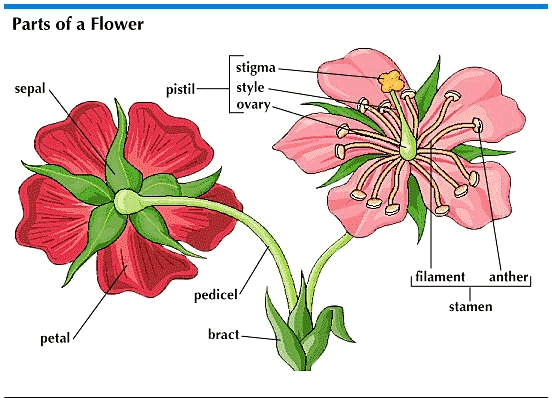
2. Petal count and plant families
Once isolated, petal numbers become a reliable clue. Monocots like lilies often have three or six petals, while many eudicots stick to four or five. Examples commonly seen include:
- Three petals → lilies and iris
- Four petals → mustard family, known botanically for their cross-like flower arrangement
- Five petals → buttercups, wild roses, and other “classic” blooms
Although counts of six or eight appear less often, they’ll be discussed in the FAQs section. Remember, some species consistently have the same number of petals, while others may vary depending on seasonal or genetic factors.
Petal Shape and Symmetry: More Than Just a Pretty Detail
Petal shape gives you quick clues about a flower’s identity. Some petals are round or oval, while others are heart-shaped, fringed, or even tube-like. That’s why flower identification by petals often begins with shape: it’s one of the first visual cues you can rely on.
Symmetry is another key detail.
- Radial symmetry (actinomorphic) means the flower can be divided into equal parts in many directions, like a daisy or hibiscus.
- Bilateral symmetry (zygomorphic) means it has only one line of symmetry, such as snapdragons or orchids.
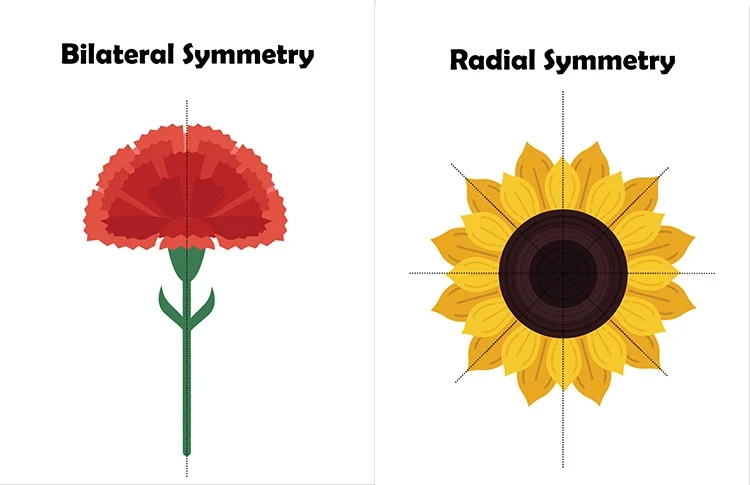
Also, check if the petals are fused or remain free. Fused petals often form a tube or bell shape, which affects how insects or birds access the flower. Free petals stand separately and are common in simpler, open flowers.
What Petal Arrangement Reveals About the Flower
The placement of the petals can indicate the flower’s age in evolutionary terms, its pollination strategy, and its plant family. That’s why this detail matters so much in flower identification by petals. Start by observing the layout:
- Whorled arrangement: Petals emerge in a single, circular ring from the same point. This is common in tulips, lilies, and most “classic” flowers.
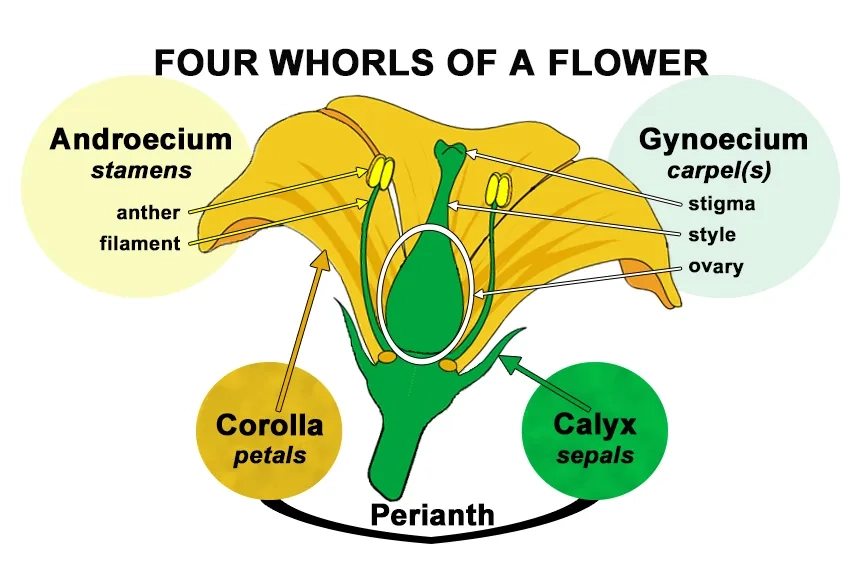
Diagram of the four floral whorls: sepals, petals, stamens, and carpels
- Spiral arrangement: Petals are staggered in a spiral, often seen in more primitive plants like magnolias. This pattern reflects early floral evolution.
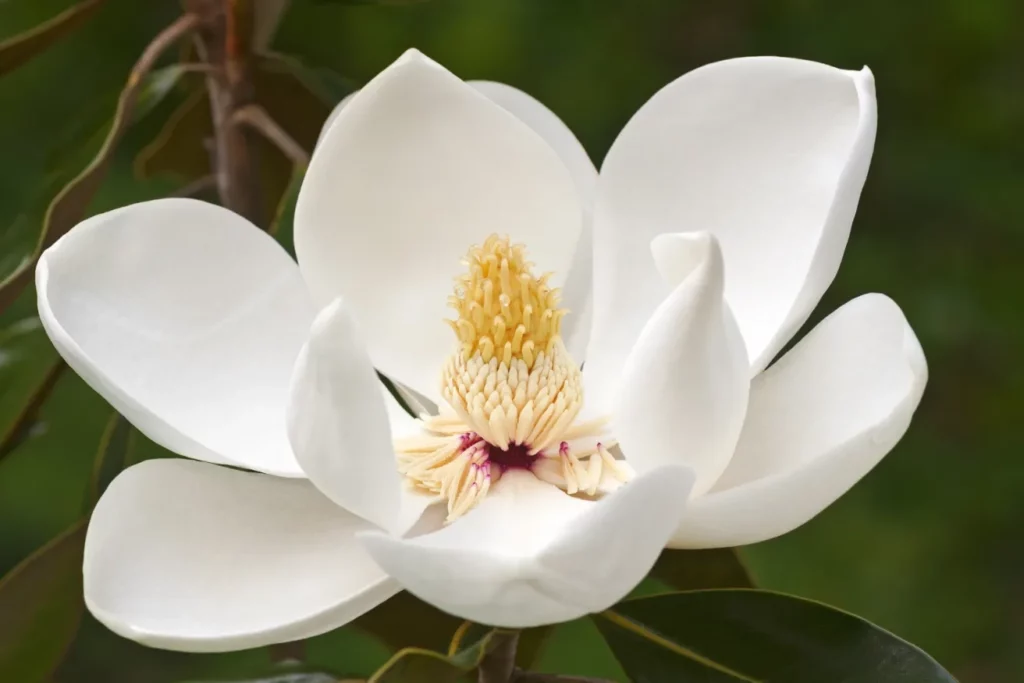
Magnolia flower showing a spiral arrangement of floral organs
- Alternating or overlapping: Some flowers display petals that alternate with sepals or overlap slightly, creating a layered or ruffled appearance, a characteristic typical of roses and poppies.
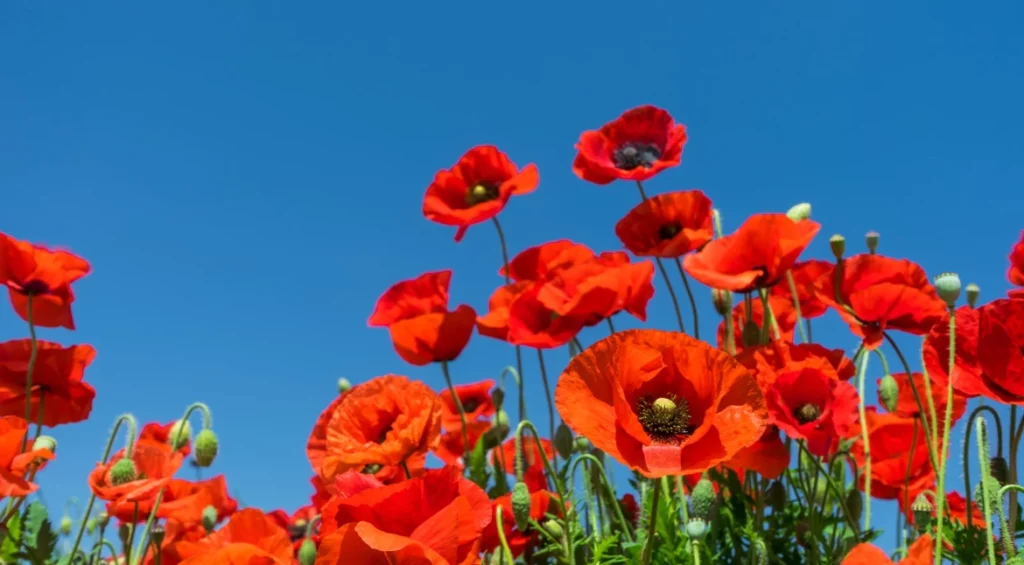
Poppy flowers with overlapping petals in an alternating pattern
You’ll also want to check if the flower is simple or composite:
- Simple flowers, such as tulips or hibiscus, typically have only one visible flower per stem.
- Composite flowers, such as sunflowers and daisies, are actually clusters of small flowers (florets). The outer “petals” are often ray florets, while the center is made up of disk florets.
This structural difference is a means of distinguishing entire plant families. For instance, composites belong to the Asteraceae family, one of the largest in the plant world.
Supporting Clues: What to Observe Beyond Petals
Relying on flower identification by petals alone can mislead you because many flowers share similar petal traits without being related. To really hone in on a plant’s identity, pairing petal observation with other features gives you more confidence and accuracy.
Here are some valuable hints to check:
- Leaf shape and arrangement – Look closely at leaves. Are they simple or compound? Do they attach alternately, oppositely, or in whorls? Edge types, such as smooth, toothed, or lobed, can be key to narrowing down plant families.
- Stem structure – Notice if the stems are woody or soft, hollow or solid, and whether they are covered in hair or smooth. These traits often align with specific growth habits and plant groups.
- Cluster type (inflorescence) – Whether flowers grow singly, in spikes, racemes, umbels, or composite heads matters. For example, sunflowers are actually clusters of flowers, not single blooms. This tells you they belong to the Asteraceae family.
- Bloom time and location – The season and habitat where a flower appears can quickly rule out many look-alikes. Some species only bloom in the spring or are found only in wetlands, providing helpful clues.
For instance, two flowers might both have five petals and radial symmetry, but if one has opposite, toothed leaves and blooms in summer, while the other has alternate, smooth-edged leaves and flowers in spring, you’ve already cracked the case. While flower identification by petals sets you on the right path, cross-checking with leaves, stems, clusters, bloom habit, and timing ensures your identification is solid, precise, and botanically sound.
Conclusion
Flower identification by petals is a great first step in getting to know the plants around you. We hope this detailed guide will help you see patterns, spot differences, and explore nature with more curiosity. Want to go further? Use the Planteyes app to snap a photo and identify flowers in seconds.
FAQs
How can I identify a flower by the number of petals?
Count only the actual petals, not sepals or bracts. Then match the number to common patterns: 3 petals often indicate the lily family, 4 petals for the mustard family, and 5 petals for roses or buttercups.
Are all flowers with 6 petals from the same family?
No. Many flowers with six petals are monocots, such as lilies or tulips, but they can belong to different families. You need more clues, such as leaf shape or arrangement, to be certain.
What app can help me identify flowers by petal shape?
Apps like Planteyes can help. Just upload a clear photo, and they analyze petal shape, color, and structure to suggest a match.
Do petal colors change the flower type?
No, color alone doesn’t change the type. Many flowers come in different colors but still belong to the same species. Shape, number, and arrangement are more reliable for ID.


